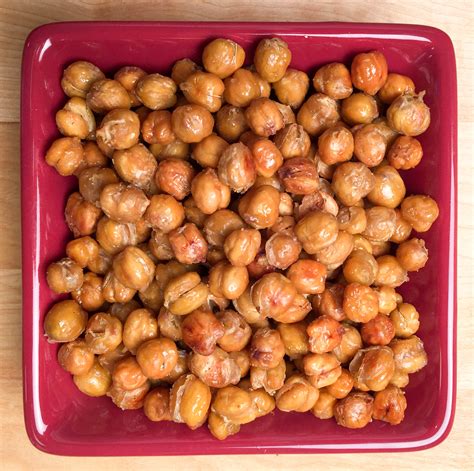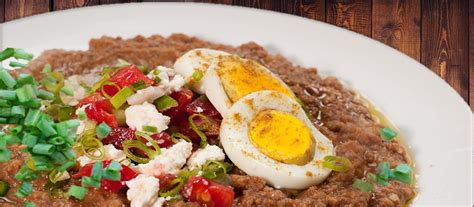Explore traditional and creative gumbo recipes – from flavorful bases to perfecting roux techniques and creative presentation. Discover new variations!
Traditional Gumbos Ingredients
Contents
When it comes to making a traditional gumbo, the right ingredients are essential for achieving that authentic taste and texture. One of the key components of a gumbo is the holy trinity of onions, celery, and bell peppers. This combination forms the base of many Creole and Cajun dishes, including gumbo. In addition to the holy trinity, another crucial ingredient is andouille sausage, a smoked sausage that adds depth and smokiness to the dish.
Another staple ingredient in traditional gumbo is roux, a mixture of fat and flour that is used to thicken and flavor the stew. The type of fat used in the roux, whether it’s butter, oil, or even bacon drippings, can greatly impact the overall flavor of the gumbo. Additionally, okra is often used as a natural thickening agent in gumbo, as well as for its unique flavor.
Seafood is another common ingredient found in traditional gumbo recipes, with shrimp, crab, and sometimes even oysters being added to the stew for a briny, oceanic flavor. Finally, no gumbo would be complete without a generous helping of seasonings and herbs, such as bay leaves, thyme, and cayenne pepper, to give the dish its signature depth of flavor.
Overall, the ingredients used in a traditional gumbo are representative of the diverse culinary influences found in Louisiana cuisine, from the fragrant spices of the Caribbean to the rich, earthy flavors of France. By combining these foundational ingredients in just the right proportions, you can create a gumbo that is both comforting and complex, a true celebration of the flavors of the American South.
Developing Flavorful Gumbo Bases
When it comes to creating a delicious gumbo, the base is one of the most important elements. To develop a flavorful gumbo base, it’s essential to start with a combination of aromatic vegetables such as onions, bell peppers, and celery. These vegetables are often referred to as the holy trinity in Cajun and Creole cooking, and they provide a strong foundation of flavor for the gumbo.
Next, it’s important to build on this base by adding seasonings and herbs such as thyme, bay leaves, and cayenne pepper. These ingredients add depth and complexity to the flavor profile of the gumbo, creating a rich and satisfying taste experience.
In addition to the vegetables and seasonings, a key component of a flavorful gumbo base is the use of homemade stock. Whether it’s seafood, chicken, or sausage gumbo, a high-quality, homemade stock can take the flavor of the gumbo to the next level. Making your own stock allows you to control the flavor and seasoning, resulting in a more personalized and delicious gumbo base.
Lastly, the use of quality proteins such as andouille sausage, shrimp, or chicken can greatly contribute to the development of a flavorful gumbo base. These proteins not only add texture and heartiness to the dish, but they also infuse the base with their own unique flavors, resulting in a well-rounded and satisfying gumbo experience.
Exploring Gumbo Variations
When it comes to gumbo, the possibilities are endless. There are so many variations of this classic Southern dish, each with its own unique twist and flavor profile. From traditional seafood gumbo to chicken and sausage gumbo, there’s a variation to suit every taste and preference.
One popular variation is the addition of okra, which gives the gumbo a slightly slimy texture and a unique flavor. This ingredient is a staple in many Southern gumbos and adds a delicious depth to the dish.
Another popular variation is the use of different meats, such as duck or rabbit, which can add an extra layer of flavor to the dish. These meats have a stronger, gamey flavor that can really elevate the overall taste of the gumbo.
And let’s not forget about the spice level – some gumbos are mild and mellow, while others pack a serious punch. Whether you prefer a little heat or a lot, there’s a gumbo variation out there for you.
Perfecting Gumbo Roux Techniques
When it comes to perfecting your gumbo roux technique, it’s all about patience and attention to detail. The roux is the foundation of a great gumbo, and getting it just right can make all the difference in the final dish.
To start, you’ll need equal parts flour and fat – traditionally butter or oil. Heat your fat in a heavy-bottomed pan over medium-low heat, then add in the flour a little at a time, stirring constantly. This slow cooking process is key to developing the rich, nutty flavor that defines a good roux.
As the roux cooks, it will gradually darken, and it’s important to keep a close eye on it to avoid burning. Traditional gumbo recipes call for different roux colors depending on the style of gumbo being made – from light roux for seafood gumbos to a deep, chocolate-colored roux for chicken and sausage gumbos.
Once you’ve achieved the perfect color for your roux, remove it from the heat and immediately add in your vegetables to stop the cooking process. This will help to bring the temperature down and prevent further browning. Some chefs even opt to cool the roux completely before adding it to their gumbo base to ensure they have complete control over the flavor and color of their final dish.
Creative Gumbo Garnishes and Presentation
When it comes to serving up a delicious bowl of gumbo, the presentation can be just as important as the taste. Gumbo garnishes are a great way to add an extra pop of flavor and texture to your dish, while also making it look even more appetizing. From fresh herbs and spice mixtures to crunchy toppings and colorful vegetables, the options for creative gumbo garnishes are endless.
One popular garnish for gumbo is green onions, which add a bright pop of color and a slightly spicy kick. Sprinkling a handful of sliced green onions over the top of a bowl of gumbo just before serving can really elevate the dish and add a burst of freshness. Another traditional garnish for gumbo is a sprinkle of filé powder, a spicy herb made from the ground leaves of the sassafras tree. This not only enhances the flavor of the gumbo, but also acts as a thickening agent.
For those looking to get creative with their gumbo garnishes, consider adding a spoonful of creamy avocado or a dollop of tangy crème fraîche to each bowl. These unexpected garnishes can take your gumbo to the next level and impress your dinner guests. Additionally, incorporating a small handful of crunchy croutons or a few slices of crispy bacon can add a satisfying textural contrast to the rich and hearty gumbo.
When it comes to presentation, a beautifully plated bowl of gumbo can really make a statement. Consider using colorful and patterned bowls to serve your gumbo, and garnish each bowl with a sprinkle of fresh herbs or a drizzle of flavorful hot sauce. By paying attention to the small details, you can turn a simple bowl of gumbo into a visually stunning and mouthwatering masterpiece.














